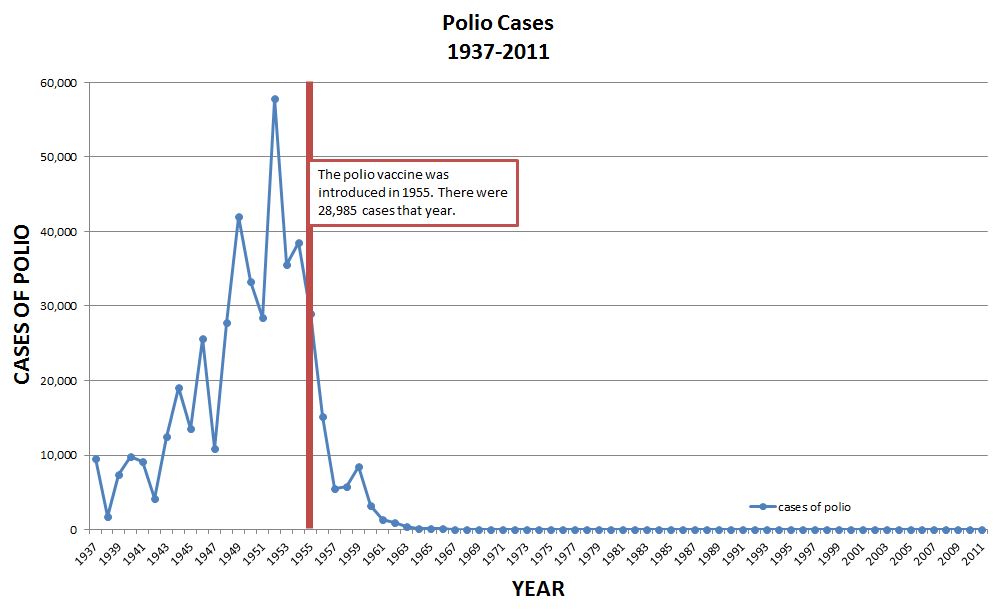Dr. Nathaniel Price, Primary Care physician at Mount Auburn Hospital and an instructor at Harvard and MIT, told us the dramatic story of the conquest of Polio in the United States, and the quest to eradicate polio from the planet.

Polio has been around for thousands of years. There are Egyptian pictures of people with the shriveled limbs common to polio survivors.
In the 20th century, the incidence of polio in the United States climbed to very frightening proportions in the 1940's and 1950's, with parents terrified for their children. Franklin D. Roosevelt contracted polio at the age of 29 and used a wheelchair for the rest of his life. During his presidency he founded a charitable foundation to fight polio, which grew into the March of Dimes. This provided greater funding for research.
Dr. Jonas Salk in 1953 announced the successful testing of a vaccine against polio. People flocked to obtain the vaccine, which resulted in an abrupt drop in the number of cases of polio. Through large-scale immunization efforts, Australia was declared polio-free in 1972, the United States and Canada in 1979, the UK in 1982.

The Rotary Club of the Philippines began an effort to ride the Philippines of polio. This effort caught the attention of Rotary International, which teamed up with the World Health Organization in 1988 to rid the world of polio. Rotary International and the Gates Foundation have invested both volunteer time and money to purchase and deliver polio vaccine to remote areas. The effects have been dramatic.
This week Rotary announced that Nigeria is expected to be declared polio-free this year, making the entire continent of Africa polio-free. There are only two countries remaining in the world where polio remains endemic. Nonetheless, as long as polio remains on the planet, all unprotected people are at risk. 72% of people who contract polio do not have symptoms but can still pass the virus. All unprotected people are at risk.